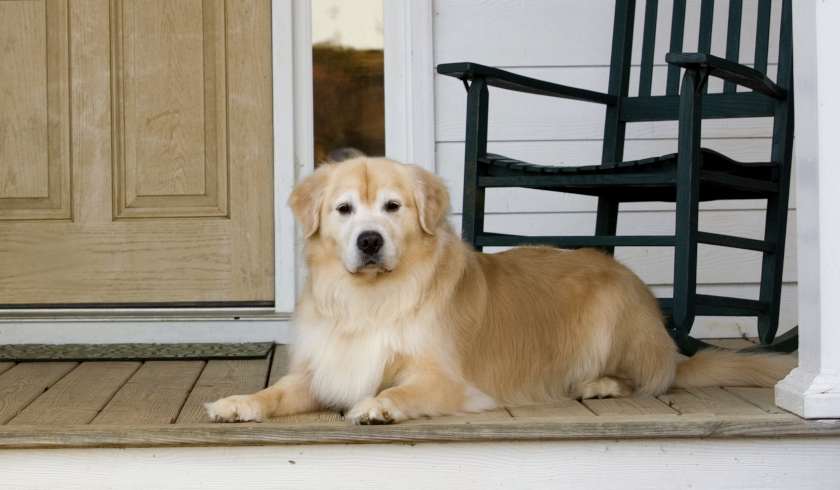Laws are changing – How do you pet-proof your property?
Laws and regulations are making it easier for tenants to keep pets in your investment property. Here are five ways you can pet-proof and protect your property.

Pets are becoming commonplace in Australian property. Victoria’s recent new legislation preventing landlords from unreasonably refusing tenants owning pets, and tenant discussion in Queensland is turning towards the topic of pet ownership.
To continue reading the rest of this article, please log in.
Create free account to get unlimited news articles and more!
Further, data shows Australians have high levels of pet ownership with 62 per cent of households having at least one pet according to the Pet Industry Association of Australia.
Of these, the most popularly owned pets are cats and dogs, which to unsuspecting landlords can easily damage properties.
To Andrew Weeks, business development manager at Cyclone, this means it is important to reduce the unnecessary costs of pet ownership wherever possible.
“For landlords, proper pet-proofing can also reduce future maintenance costs and broaden rental appeal in a competitive market,” Mr Weeks said.
If landlords are interested in attracting pet-owning tenants, Mr Weeks gives his five tips to reduce claw-based damage in properties.
1. Apply mesh for doors and windows
With cats and dogs commonly clawing at doors and windows, applying mesh to these entryways can help reduce damage, Mr Weeks said.
“Scratching on the doors and windows is the universal signal for ‘let me out or in’ – and pets can be particularly enthusiastic when someone walks past,” Mr Weeks aid.
2. Use scratch- and chew-resistant floor materials
To cut back on scratched and chewed flooring, Mr Weeks recommended landlords use tiled or laminate flooring.
If your property already has timber flooring, making sure your tenants place rugs in high traffic areas can make sure the floorings can reduce potential wear and tear, he said.
“Putting plastic door protectors on the bottom of doorways is a very affordable way to keep interiors intact,” Mr Weeks added.
3. Paint with velvet or eggshell paint
By applying these paints to your walls, tenants can wipe down walls easier, as well as reduce the chance of staining.
“They are also generally recommended for high traffic areas in homes, so will continue to be a beneficial investment even if/when a renter with pets moves on,” Mr Weeks said.
4. Fence in
If your property has an outside portion, Mr Weeks recommended to provide fencing for a portion of the property to give pets an area to be active, while still containing them.
“Fencing will prevent animals from wandering onto neighbours’ lawns, destroying gardens, and digging in inappropriate areas,” he said.
“It also confines their bathroom space, making for easier clean-up and limiting grass loss from what our furry friends leave behind.”
5. Ask for a pet reference
To minimise the risks of inviting a particularly wild animal into your property, Mr Weeks suggested for landlords to do their due diligence and ask for recent vaccination records and temperament references.
“These can come from previous landlords, vets, walkers, sitters and trainers, or even meet the pet yourself to check you’re comfortable with them,” Mr Weeks said.


